The effect achieved by the selected wetting and dispersing agent can be evaluated by the following methods:
- Determination of fineness
The dispersion process of pigments in paint is generally measured using a his method determines the coarsest pigment particles present in the pigment dispersion. Different coating products have different fineness indicators that they should achieve.
- “Finger research” test
Use a “finger grind” to determine whether the dispersant is suitable for the pigment. The smaller the color difference between the finger grinding area and other areas, the better the stability of the dispersion. The larger the color difference, the more severe the flocculation of the pigment and poor dispersion in the system.
- Observe particle size distribution and state with electron microscope
The electron microscope can be used to observe the particle size distribution and aggregation state of the pigment in the wet paint, whether there is flocculation, precipitation, etc., and the particle size distribution and state of the pigment in the dry coating film can also be observed.
- Determine tinting strength and hue
Measuring the tinting strength and hue of dispersed color pastes can determine how well the pigments are dispersed. It is generally believed that when red has a yellow phase, yellow has a green phase, green has a blue phase, and blue has a red phase, the pigment dispersion effect is better.
- Determine the storage stability of coatings
If the dispersion effect is not good, the particles will form flocculation and the viscosity will increase after storage. It shows that the dispersion is incomplete and the system stability is poor.
- Gloss and transparency of coating film
The gloss and transparency of the coating film (for transparent pigments) are important indicators of proper stabilization and can be used to evaluate the correct dosage of additives. The pigments are well dispersed, and the surface roughness of the coating film is low, the diffuse reflection of light is low, the gloss is high, and the transparency is high. Gloss can be measured with a gloss meter. Transparency can be detected visually or with a spectrophotometer.

